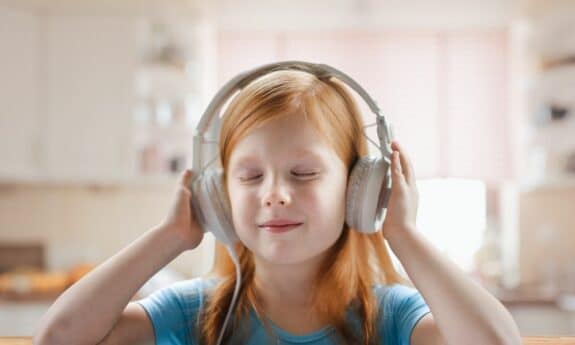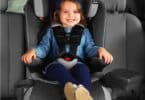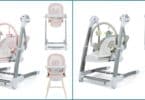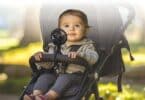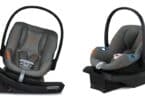Excessive noise has been underestimated for too long, but pediatricians are urging action to address this important public health concern. Evidence shows that children and teenagers are at risk of hearing loss when they blast their personal listening devices, which is why parents often tell them to turn it down. However, what families may not realize is that the harmful effects of noise exposure accumulate over a lifetime and start in childhood.
The American Academy of Pediatrics(AAP) has published a policy statement in the November 2023 issue of Pediatrics, titled “Preventing Excessive Noise Exposure in Infants, Children, and Adolescents,” which discusses the sources and effects of noise on children, from infant sleep machines, and toys to fireworks and environmental sounds.
Dr. Balk, the past chair of the Council on Environmental Health and Climate Change, emphasizes that excessive noise exposure is a serious public health hazard that tends to go unnoticed. Children have smaller ear canals that intensify higher-frequency sounds, making them more susceptible to harm. It’s not just the volume that’s worrisome, but also the duration and frequency of noise exposure. Every day sounds like road traffic and background television can disrupt sleep, learning, and overall quality of life. This is why it’s important to prevent harmful noise exposure from a young age.
Research shows that children and teens using personal listening devices face one of the most common forms of noise exposure. Prolonged or excessive exposure to high volumes can lead to hearing loss, tinnitus, and hyperacusis, a condition where everyday sounds become painfully loud. Sensorineural hearing loss, resulting from inner ear damage, is typically irreversible. Listening to loud music, whether through personal devices or at concerts, can cause sensorineural hearing loss in children and teens, as well as contribute to hearing loss in adulthood.
Dr. Brian K. Reilly, co-author of the policy statement, advises that children using personal listening devices should still be able to hear when spoken to and take breaks from the device. The American Academy of Pediatrics recommends avoiding excessively noisy venues, but if children do attend such events, they should use protective earmuffs.
One study found that 60% of adolescents and young adults exceed the recommended maximum daily noise dose, especially when background noise is present. This often leads to increased volume, which is a concern since the maximum noise threshold of 85 decibels over eight hours is based on adult standards and may not be safe for children or teens.
For context, the average listening levels of young adults range from 71 to 105 decibels, with sounds like motorcycles, rock concerts, and movie theaters falling within the range of 80 to 115 decibels. Prolonged exposure to noise above 70 decibels can damage hearing, while anything above 120 decibels can cause immediate harm to the ears, such as a thunderclap or jetliner take-off.
The AAP recommends that if an environment sounds too loud for an adult, it’s likely too loud for a child. They also suggest reducing volume levels on various devices, taking listening breaks, and using headphones and earbuds cautiously.
Currently, there are no federal regulations or standards in the United States to protect the public from environmental noise hazards, despite existing occupational standards.
Dr. Balk believes it’s time to raise awareness about noise levels and their impact on our health, particularly that of children and teens. While loud noises are often accepted or celebrated during recreational events, we can take steps to protect ourselves. Let’s lower the volume on our devices to safeguard our ears for years to come.
Related Parenting News:

